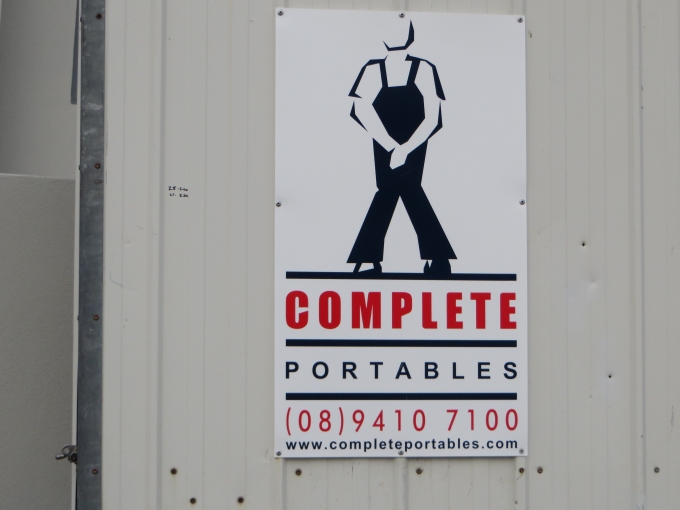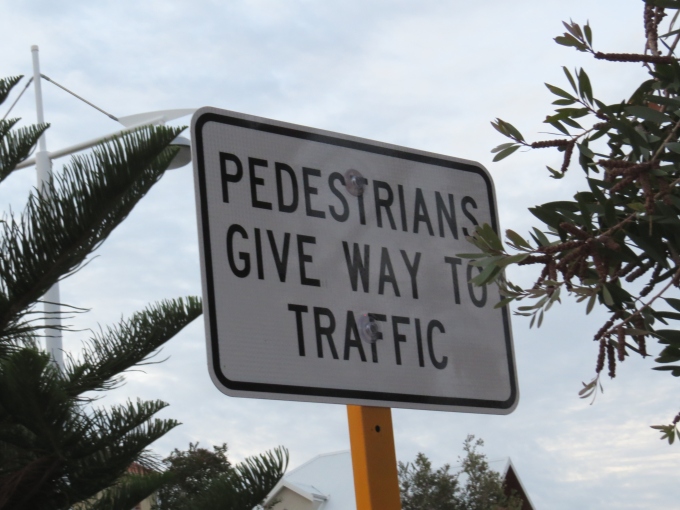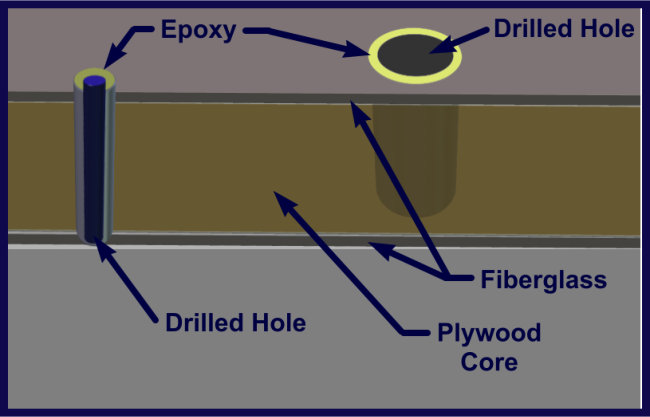Crossing the Indian Ocean - Day 10
/Indian Ocean Crossing - Update 4
Geraldton, Western Australia to Cocos Keeling
Day 10
Remember I talked about how idyllic this trip has been? Well, we're making up for it ...all in one day. The tenth day of our passage was rather action-packed and deserves a separate blog unto itself.
The day started out well enough, the light breezes of the past two days disappeared and Neptune graced us with the trade winds once again. We picked up speed and of course, as the winds increased, so did the seas. We rigged the port settee with lee cloths as our sea berth.
Just after Noon, the AIS alarm went off. A ship, 15 nautical miles away, had a CPA (closest point of approach) of under one mile. We had a visual on him 6 miles out. His CPA was getting closer - .75nm. We hailed the freighter, Berge Manaslu, a Panamanian registered vessel en route from Brazil to China, to make sure they could see us and asked their intentions. We got a quick response in good English that indicated yes, we were on their radar and they had adjusted their course to port to allow us more clearance room. We chatted for a moment, exchanging pleasantries. Though we would have guessed he would have crossed behind our stern, it appeared he was crossing our bow. He certainly had access to more sophisticated equipment and probably more experience, so we went with his decision.
As he came closer and closer and the CPA showed an imminent collision, we took evasive action. We needed to jibe. Since we were poled out, this meant taking in the jib in record time, jibing, and cutting hard to port to pass behind his stern. We came within .2nm of either being t-boned or hitting him broadside. Huge ocean out there and not enough room for a tanker and a tiny sailboat. We hailed again to ask him what he was thinking, but this time no response to our hails. Whew!
Shortly after resuming our course, we got a solid hit on the fishing line. Hooray ... Fish for dinner. But, alas, we had hooked a white fairy tern known by the locals as the "pilot of the Cocos". Oh, no! I went to grab a towel in hopes we could somehow catch and release him, but David gave me the "kaput" sign, index finger across the throat. He'd been dragged under for quite awhile. He was a goner. Then, like a Phoenix rising from the ashes, he darted out of the water like a shot and flew away. This would have been tantamount to killing an albatross in my book and, oh, the consequences of that!
The winds continued to increase, the seas building, but we were moving along nicely wing on wing until a rogue wave, an untimely gust and an accidental jibe and ...CRASH! The whisker pole snapped in half, leaving two halves with ragged aluminum shards on their ends falling to the deck. David assessed the damage. The mast-end of the pole could not be lifted back into place, so we lashed it to the mast pulpit. After much coaxing, the sheared-off extender tube was freed and lashed to the lifelines above the fender boards.
With the 30 knot wind still behind us and significant weather helm, we wrestled down the mainsail and flew the jib alone, sacrificing no speed and getting a marginally better ride.
Each afternoon, we customarily have a cuppa and two TimTams each, carefully doled out so they'll last as long as possible. TimTams are Australia's favorite sweet biscuits (cookies), so the ads tell us. They come in several varieties. David prefers Original (chocolate) and I prefer white chocolate. After our adrenaline-rich afternoon, we felt most deserving of this treat. I noted with dismay that I only had two left in my package while David had four. At first we attributed it to my being a tad piggy one afternoon, but a closer look revealed David's package contained 11 cookies per package while mine had only 9... 200g vs. 165 g. A grievous difference! How could I have known? Same price, same size package on the outside. How could they expect me to read the fine print? This was grounds for a mutiny until the captain generously offered to give me one cookie from his package, evening out the cookie allotment to 10 each. Mutiny avoided.
The night was a wild ride. We stood two hour watches. It was unpleasant on deck with the boat knocking around in the waves. Salt spray flew off breaking waves and stung our faces. Below, there was no comfortable place to be. The sea berth, though confining, allowed little rest and added to the already mounting list of aches and pains. It was a toss-up which was worse, standing watch or trying to sleep.
And then morning came and, though I wish I could tell you all was calm and fine, it was more of the same. The good news? 62 miles to go to Cocos Keeling.
Today's catch: 6 flying fish, 1 bird, 1 whisker pole, many bumps and bruises, no edible fish, equal amounts of TimTams. That's my story and I'm sticking to it.

















